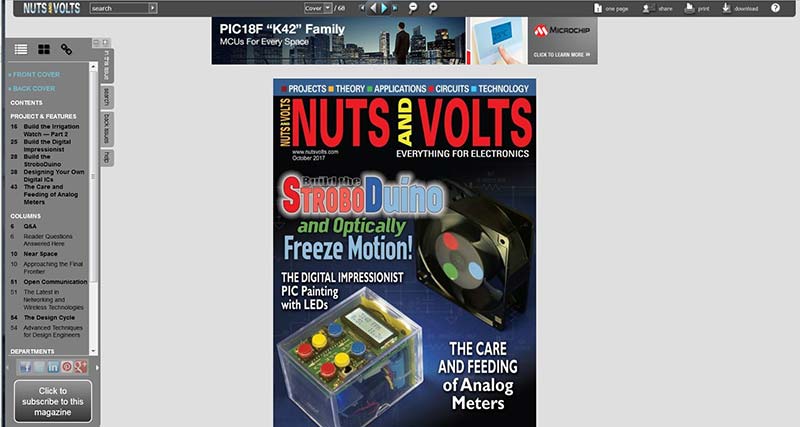Welcome to the world of wireless know-how in the form of amateur or "ham" radio.Where else can you be an electronics and programming whiz, study solar and atmospheric phenomena, design your own communication system, and provide valuable public service — all at the same time? Amateur radio and the Nuts & Volts readership have a lot in common. Let's get to know each other!
:::
Read This Article!
If you’re a subscriber and your subscription includes this issue of Nuts & Volts, you can read this article in our digital edition by clicking the blue icon in the upper right corner. Use the email address associated with your subscriber services account to login.

If you're a member of our Preferred Subscriber Network, not only will the magic blue icon let you read this article, but EVERY article in EVERY issue is yours to enjoy! Over a decades worth of content is stored in our digital archive!
If you’re not a subscriber, you can still view a few sample pages of our digital edition or subscribe here for full digital access and/or print delivery. Also, as you browse around our site, you will find selected articles have been posted in their entirety for you to enjoy.
Corrections
Two Spurious Emissions
The value of 2798 used in this article to compute the “free-space” length of an antenna in inches was a typo. The correct value is 2952. In addition, the Wireless Institute of Australia (WIA — www.wia.org.au) is the world’s oldest national amateur radio society, founded in 1910. It was followed by the Radio Society of Great Britain (RSGB — rsgb.org) in 1913, and only then by the ARRL in 1914.

